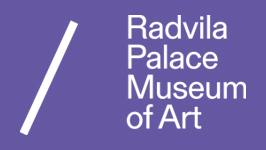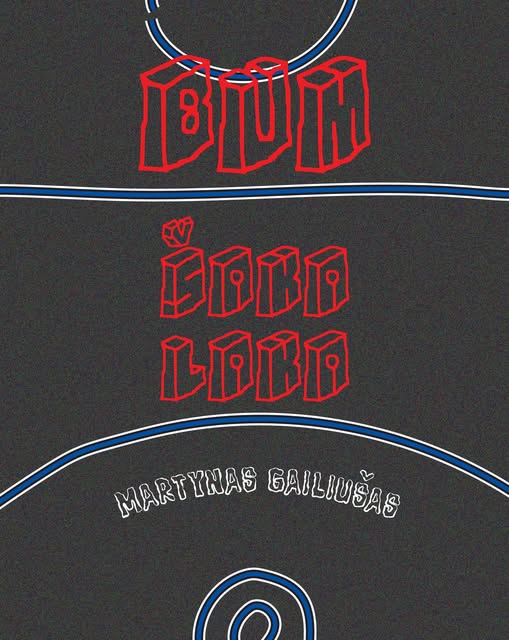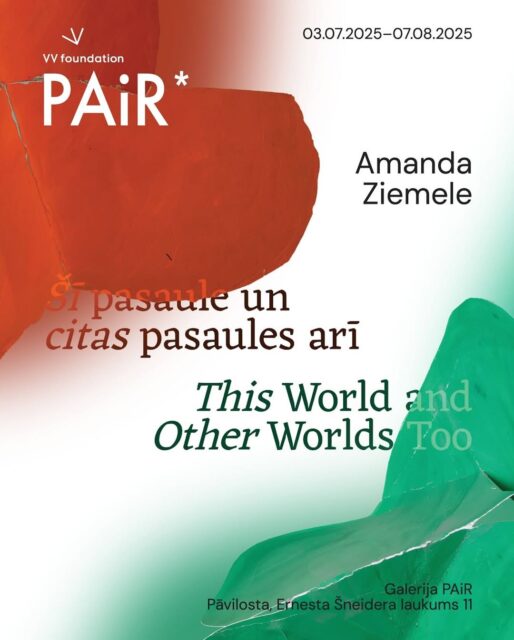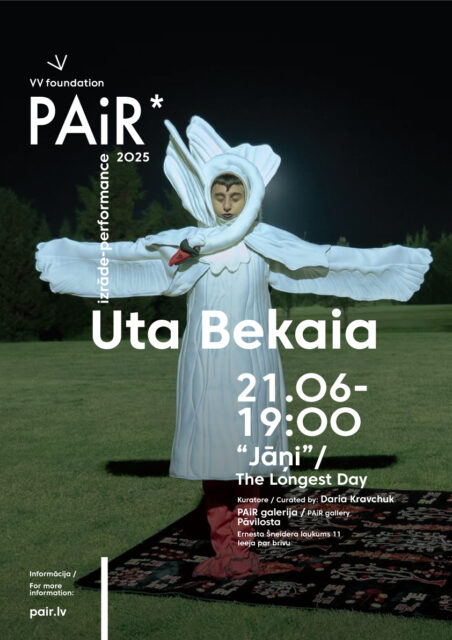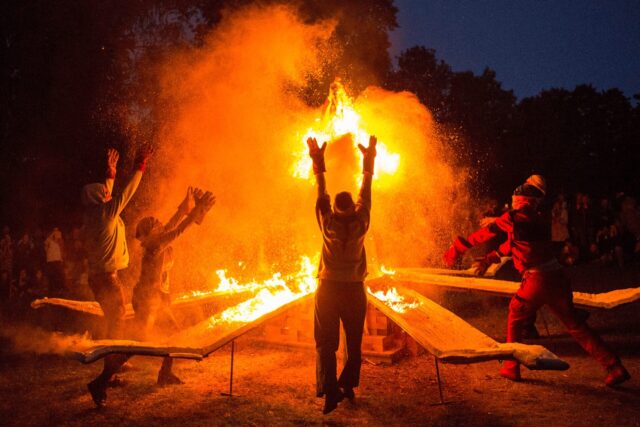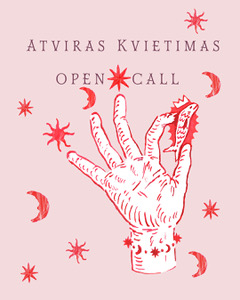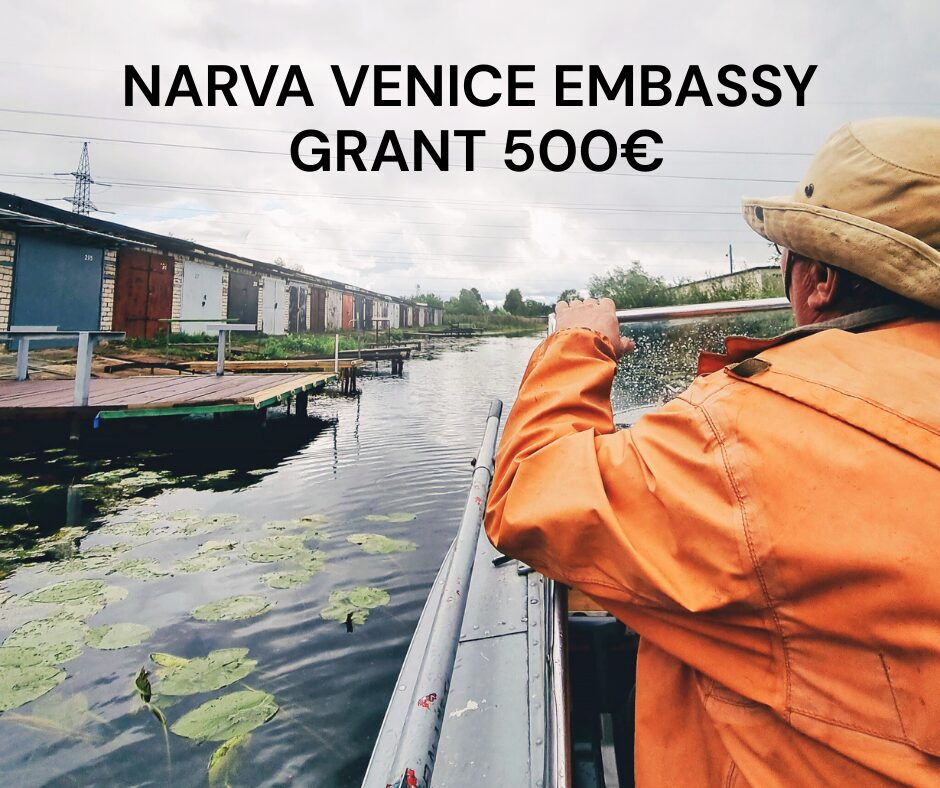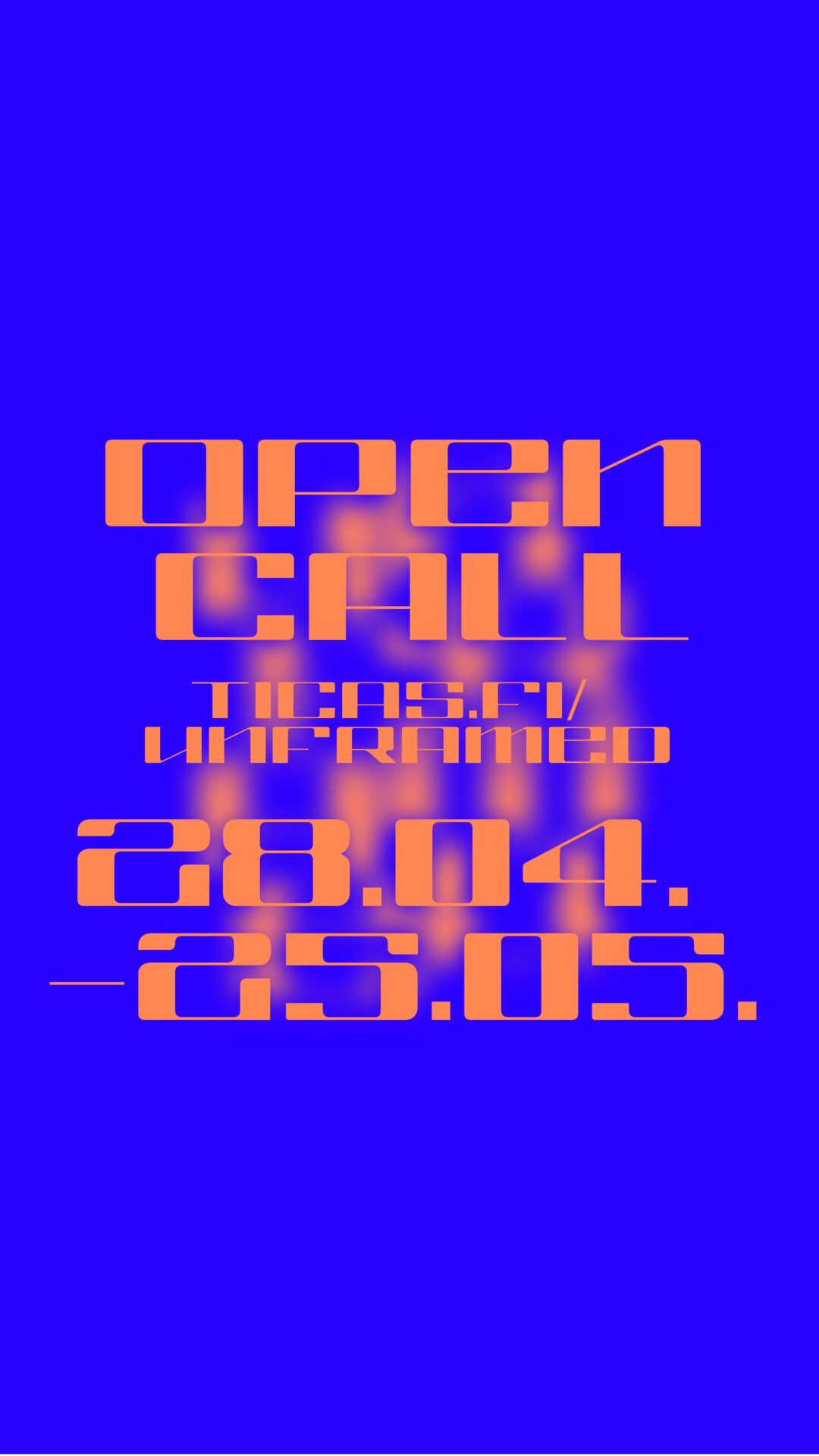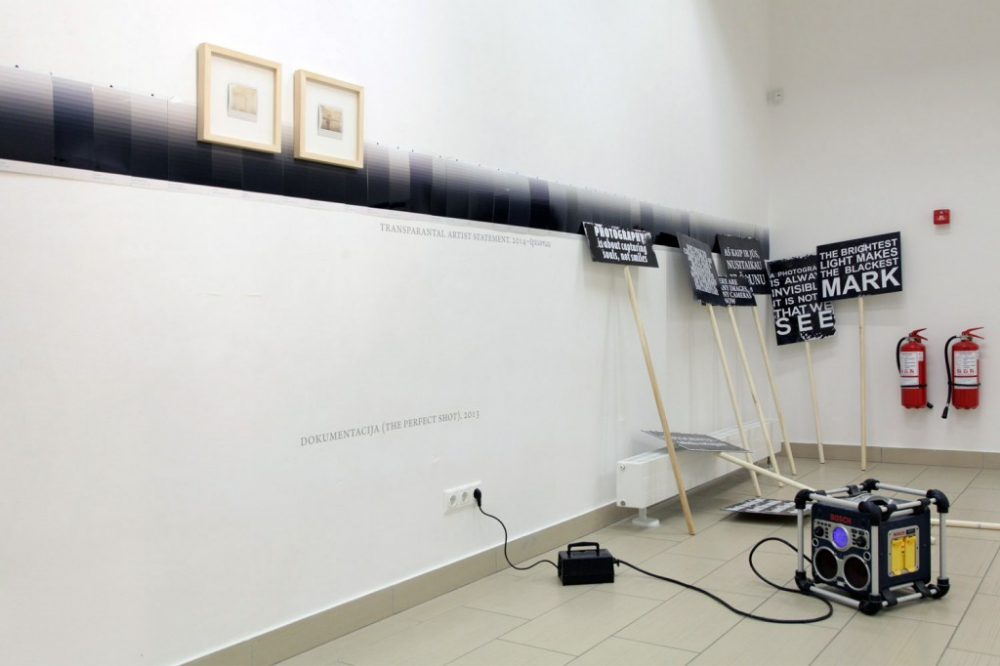
Ce n’est pas une image juste, c’est juste une image —
J.L. Godard
It is an attempt to reflect on an exhibition “12 Truths of Photography” (“Titanikas” Gallery, Vilnius, 27.01.-14.03.2015)—a series of media-specific artworks created over the period of the last decade by a photographer Gytis Skudžinskas. The fact that the exhibition has already taken place will not prevent us from talking about it as if it was still present, especially having in mind that a photographic exhibition, on its own part, can—and this text invites to exercise this possibility—take place without the conventional presence of photography as such. It is also an attempt to show how the event presents itself in this mode of ‘as if’ by becoming operative in both ways: positive (as if it is still there) and negative (let’s carry on as if nothing happened). Instead of it being a ‘review’ or a generalisation of Skudžinskas’ oeuvre, this reflection will try to problematize the very cultural context of his retrospective gesture, namely: what does it mean to turn towards photography as a medium and photographic practice today?
I.
By way of looking at a dozen artworks, one could have easily located the whole exhibition within a certain thematic field by coming up with at least a dozen of descriptive keywords, such as, for example: method; questioning; praxis; revealing; critique, unraveling; ideology; propaganda; identity; conditions; norms; conceptualism.
On the one hand, a strong emphasis on the conditions of representation (i.e., on how something appears or is shown to a subject—say, a photographer or a spectator) suggests that Skudžinskas’ artworks are of a transcendentalist kind. This terminological mouthful has its roots in Immanuel Kant’s philosophy, which insists that the conditions of knowledge depend on the transcendental categories that are responsible for what we usually tend to call ‘reality’ which is neither ‘pure’ nor directly accessible—it is always distorted (biased) by our own minds. It is precisely in this sense that photographic mediation becomes synonymous with this transcendental a priori. It is rather obvious that one of the leading creative motives for Skudžinskas is, in a way, a ‘critique of pure medium’ through refusal to be charmed by the image, which is also a refusal to become a victim of the suggestive powers of a photographic index, as well as a refusal to accept the photographically mediated givenness as something neutral and pure.
However, having in mind the whole history of self-reflexive conceptualist photography from the 60s till this day, and, especially, recent developments in Lithuanian art scene (e.g., the projects “3xpozicija.lt” and “foto/karto/istorio/grafijos” curated by Vytautas Michelkevičius, or post-photographic works by Gintaras Didžiapetris), one faces an important question: what does it mean to reflect on the photographic conditions of possibility today? And further: what does this practice reveal about the current state of events?
Before going into details, I would like to mention one important aspect which plays a significant role in shaping this line of thought: it is our relation to the notion of historicity which, to put it in Adorno’s terms, comes from the ‘power of the new to bind us’ (Verbindlichkeit des Neuen)—i.e., whenever something radically new comes to being, we are no longer able to carry on as if nothing happened because the very fact of this novelty changes all our reference points and coordinates. We are ‘bound’ to the ‘new’ in terms of our awareness, and this awareness becomes a matter of our relation to the world. We might imagine the situation when a composer continues writing in a romantic style after Schoenberg’s dodecaphony, when a writer remains faithful to Dostoyevsky after Joyce, or when a contemporary theatre director deliberately ignores the fact that Brecht ever existed. Of course, we can stick with any historical forms, but every time the new ones introduce themselves through a breakthrough, an intervention or a catastrophe, the old ones lose their innocence and become more like nostalgic fakes. (Having said that, it does not mean that we must believe in some sort of a historical determinism or refuse the possibility of alternative histories. It neither means that ‘the new’ must be fetishised or forced—no, but it will always insist to be reflected upon, taken into consideration, noticed, negotiated, and discussed.)
On the other hand, after a closer inspection, Skudžinskas’ creative arsenal can also be recognized as a certain ‘domestic conceptualism’ (here we could draw a parallel with ‘Moscow Conceptualism’—a term that Boris Groys coined in 1979 in order to describe a ‘romantic, dreamy and psychologizing version of the international conceptual art of the 60-70s’). Why domestic? It is not only because the conditions of possibility for a photographic mediation are sought for within the domain of a personal environment, within the realm of a personal domestic sphere, when nearly all the ‘art objects’ are found at the distance of a stretched arm: computer, screen, magazine, tone calibration prints brought back from a photo-lab (“Daily Setup III”), eighteen identical wooden boxes of unknown origin, obviously meant to store wine bottles (“Album”), a set of antique photographs bought in a second-hand shop (“Appropriated Trajectories”), television set (“Info-colours”). What is more important, is that this ‘domestic’ dimension announces itself precisely through a certain ‘DIY’ approach to objects and concepts. Of course, it is not a reproach of any kind as far as we keep in mind that Skudžinskas openly declares the importance of an ‘individual worldview’—it seems, where else if not within a domestic sphere the latter manifests itself? However, the question is, whether such ‘domestic conceptualism’ is capable of groping its own conditions of possibility, especially when it deals—despite its ironic tone—with ‘truth’: a big, problematic concept, charged both semantically and politically. Here it is also impossible to overlook a quasi-religious dimension brought in by the number ‘12’ (were these artworks gathered for The Last Supper? which one was Judas? which one was supposed to betray the Medium? obviously, knowing that this modality was not operative in ‘12 Truths of Photography’, such exegesis appears to be excessive now). Whenever such exceedingly big signifiers are involved and exploited, they uncover the whole strata of absolutised meanings which threaten to turn the whole artistic project into an anecdote (and there is nothing wrong with anecdote as long as it is not taken for what it is not).
Each of the twelve artworks reflect on the photographic conditions of possibility both methodically and ironically. Each of them suggest that every ‘truth’ that becomes rooted (settled, advertised) in art, after being exposed to the praxis of self-reflexive photography, becomes a parody of itself and denounces itself (e.g., ‘Banners’). Each of them presuppose that ‘truth’ exists in photography only as a contingent, conditional, inessential, unnecessary construct. Each of them show in different ways how various ‘truths’ collapse and disintegrate as soon as they are exposed to the power of an ‘individual worldview’—a zone which (for some reason, somehow) should be perceived as a certain shelter from ideological ‘truths’, an oasis of authenticity, a neutral and irreducible point of view. If this is how ‘12 Truths of Photography’ operate on a conceptual level, then the question is: why the neutrality of this point of view remains outside the self-reflexive grasp? Why does it escape the critical attention? And, by the same token, why must the gestures of self-reflectivity cease in this zone of ‘individual worldview’ without posing it a further challenge? To assume that the personal sphere of an ‘individual worldview’ is a fundamental and untouchable reference point from which the whole dogmatism of a tradition becomes visible would mean that one dogmatism is being used to fight another dogmatism.
All this structure that is meant to expose the ‘truths’ remains valid with one important and problematic condition: in order to talk about photography (as opposed to talking in a photographic language) we must posit an external point of view which does not belong to the tradition. There must be a certain position ‘before’, ‘after’, ‘beyond’, ‘without’ photography. In other words, the critique of ‘truths’ comes as if from without the tradition—i.e., from this radical and elusive now which resists categorisation because it is (or, at least, is supposed to be) ripe with the creative processes leading to the emergence of the new. At this point we may ask: what is this ‘now’ in the case of Skudžinskas’ artistic practice?
If presence (or actuality) as such remains elusive and refuses categorisation, if it belongs to a history which is ‘not yet’, if it is not yet recognised, if it cannot be assigned to any specific category (because this now always comes as something new), then why this externality—this ‘before-after-beyond-without’, this ‘external’ point of reference, this ‘now’ which serves as a point of reference for launching a critique of photographic ‘truths’—is nonetheless recognizable, at least in a formal sense? In other words, this mode of critical distancing from photographic ‘truths’ is (already, for quite a while now) present in contemporary art as an artistic (and also historical, conceptual) category, therefore a deconstructive method used in ‘12 Truths of Photography’ is not an intervention of a new, personal, authentic, truly ‘individual’ worldview, but a repetition of an already palpated and established paradigm of ‘contemporaneity’. Perhaps, it means that such repetition is still necessary in Lithuanian art possessed with post-photographic spirits (or immersed in post-photographic spiritualism), but let’s be frank here: turning the questions of conceptual methodology (even ironically) into a content of an exhibition is not a critical gesture, but more of a formalist exercise which seems to be asking: why is this not photography? why should all these deconstructive maneuvers be excluded from photographic practice? However, in a formal way, this situation could be described as ‘knocking at an open door’—it is photography, and it contains (or welcomes) all of its self-deconstructive maneuvers. What tends to be overlooked here is that photography as a medium appears to be ‘almost’ dead.
But what does the death of a medium mean? Is it not the disappearance of a certain ability to surprise, is it not the death of unpredictability, incalculability, unforeseeability, when the medium is no longer accompanied with a certain excess (surplus, residue, remnant) which is able to astonish and reveal the ‘truth’ not only about photography but about its content as well? A dead medium is a medium in its pure presence—i.e., explained, explicated, put on a display, immediate, available with all its techniques and technologies. When there are no secrets left, only the fact of it being transparent and available to our staring eyes. It does seem like all that is available to us in the face of death is simply a mute stare. As if we would still believe in miracles. As if there would be nothing else to contemplate about except for a medium in its existential crisis.
On the one hand, Skudžinskas’ artistic practice is important in the sense that it retains a format of a continuous critical dialogue with crusted paradigms—a dialogue that is ongoing for more than a decade. Yes, photography is anything but a transparent practice. Yes, it can be deconstructed by opening a space where it is impossible to ignore the whole conditionality of photography. However, on the other hand (and this is something that has been problematised by various theorists and artists from the 90s; as for my part, I can recall our relatively recent discussions and projects with cultural critic Jurij Dobriakov and curator Vytautas Michelkevičius), photography as a conceptual event is experiencing an inflation. After the initiatives that have been undertaken during the last decade in Lithuanian photography, the latter has undoubtedly acquired a new (and, perhaps, infamous) ontological status: post-photography. If photography as such (i.e., photography as a ‘craft’ which is supposed to reveal the ‘essentialities’ and ‘truths’ of human existence) is actually dead, then ‘12 Truths of Photography’ was actually a flirtation (or a game) with its corpse—an ironic show of necrophilia, an explication of a prepared and deconstructed body of a medium, théâtre anatomique.
Such a systemic practice of repetition thus turns into a certain hermeneutic waltz—step forward (media is being rescued from the stagnation of unreflected and rigid meanings), step backward (instead of introducing a new paradigm, the conceptualist method of questioning appears merely as a repetition of an old one); step forward (established forms of ‘truths’ are opposed with a deconstructive individualism), step backward (the ‘individual worldview’ remains mute regarding its own conditioning); step forward (the fact of death is announced), step backward (and at the same time, we hear a diagnosis: undead). Indeed, it is much like waltzing with the undead.
II.
As a technology which is still in the process of becoming increasingly complex, photography nonetheless legitimises all the self-deconstructive gestures. However, there is something more than just a photography that can be found in the space which sustains this deconstruction. It is the exterior of a medium, and this exterior is also a domain of language. The space which contains an installation of a self-reflexive medium is open to something more than a mere fact (‘truth’) that medium is an ideological and technological construct. But the question is: why this space was mute in relation to the conditions of its own possibility? In other words, isn’t it already possible to locate a certain structure, a certain meta-level that enables and sustains such an apolitical, even sterile and methodical reflection about what is already known anyway?
Discovering both photographic dogmatism and the symptoms of medium’s death is more of a technical question, and it does not necessarily guarantee that such approach to the problematics of ‘truth’ will be fruitful. Yes, ‘truths’ are embedded in concrete practices of mediation, but how about the fact that the very format that enables this critique is itself a part of some other bigger ‘truth’? By remaining within the zone of technical questioning we also remain within a safe territory, beyond the uncertainties of the ‘now’, beyond the danger, beyond the anxiety which overcomes anyone who exercises what Foucault called a right to parrhesia, a ‘free speech’—i.e., truth escapes the realm of definitions and predictability only when it poses a threat to the practitioner of parrhesia; when parrhesiastes—the one who exercises free speech—risks her career, position, reputation (or even life); when there is a justifiable risk that something—relationships, positions, statuses, definitions—can actually change.
Were there any signs of a problematic discourse that was inspired by ‘12 Truths of Photography’? If an exhibition is an open space for certain statements (or even confessions), articulations and discourses, then who was the addressee in the case of ‘12 Truths of Photography’? It might have seemed that the latter was trying to convey the following: photography is not what you think, it is a rather endless manipulation and you should stop relying on the cliches while perceiving it. But then the question is: who was implied behind this ‘you’? Who was this ‘you’ that was invited to take part in this dialogue? Who was the audience that has been called upon to witness that photographic ‘truths’ can and must be deconstructed? Perhaps, the medium (i.e., a cultural environment) in question here is in fact an institution that is still interested in preserving and protecting the concept of photography as a ‘truthful’ craft—and if it is so, then is it The Union of the Lithuanian Art Photographers? It does seem like an institution where such deconstructive critique might still be relevant, provocative, or even ‘dangerous’. Was it not the sole target of Skudžinskas’ critique of dogmatism? Indeed, an inner dialogue with this institution is still a matter of an ongoing process among contemporary Lithuanian photographers who somehow feel obliged to question their relation to it.
III.
To conclude, I leave these questions and reflections open. Regardless of the point of view, it seems that while ‘domestic conceptualism’ is copying, repeating, reproducing, imitating and remixing the discourse and practices of one institutionalised art form in order to criticise another institutional dogmatism, it misses its chance to reflect on the conditions that are behind this complex and sociopolitically charged reality today. If one is to talk about the conditions of possibility, then why not talk about the current conditions of art as such instead of chasing a ghost of conceptualism, even if it still able to ‘puddle the chemistry’ for ‘traditional’ photographers? Or, perhaps, about the conditions that sustain the distinction between the ‘institutionalised’ and ‘oppositional’ art; conditions that make it possible for the artists, curators, and theoreticians to remain stratified within the hermetic ‘interest groups’ that do not engage in creative dialogues with each other; conditions that allow us to oppose the ‘internal affairs’ to a globalised context—a context which is appropriated by the new cultural exile as the ‘true’ contemporaneity that has nothing to do with particularities and localities of a slightly offended ‘province’.




